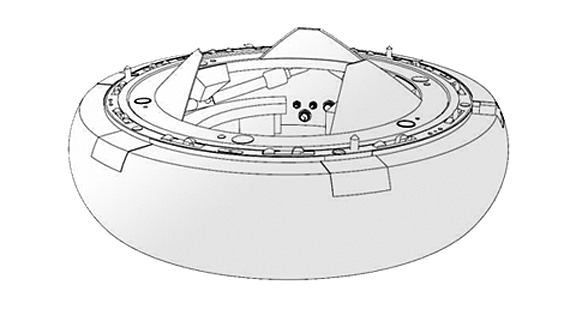D
docm
Guest
Link....


The International Space Station Multilateral Coordination Board (MCB) has approved a docking system standard. The international standard will provide guidelines for a common interface to link future spacecraft ranging from crewed to autonomous vehicles and from low-Earth orbit to deep-space exploration missions. The interface definition document is available at: http://www.internationaldockingstandard.com
The MCB consists of senior representatives from NASA, the Russian Federal Space Agency; the Japanese Ministry of Education, Culture, Sports, Science and Technology assisted by the Japan Aerospace Exploration Agency; the European Space Agency; and the Canadian Space Agency. The MCB is the space station's senior level management board. It coordinates the orbiting laboratory's operations and activities among the partners.
"The goal was to identify the requirements to create a standard interface to enable two different spacecraft to dock in space during future missions and operations," said Bill Gerstenmaier, MCB chair and associate administrator for the Space Operations Mission Directorate at NASA Headquarters in Washington. "This standard will ease the development process for emerging international cooperative space missions and enable the possibility of international crew rescue missions."
This standardization effort will ensure interface commonality without dictating any particular design behind the standard interface. The document contains the information necessary to describe physical features and design loads of a standard docking interface.
The technical teams from the five space station partner agencies will continue to work on additional refinements and revisions to the initial standard.
The Multilateral Coordination Board released the document to allow non-partner agencies and commercial developers to review the new standard and provide feedback.


